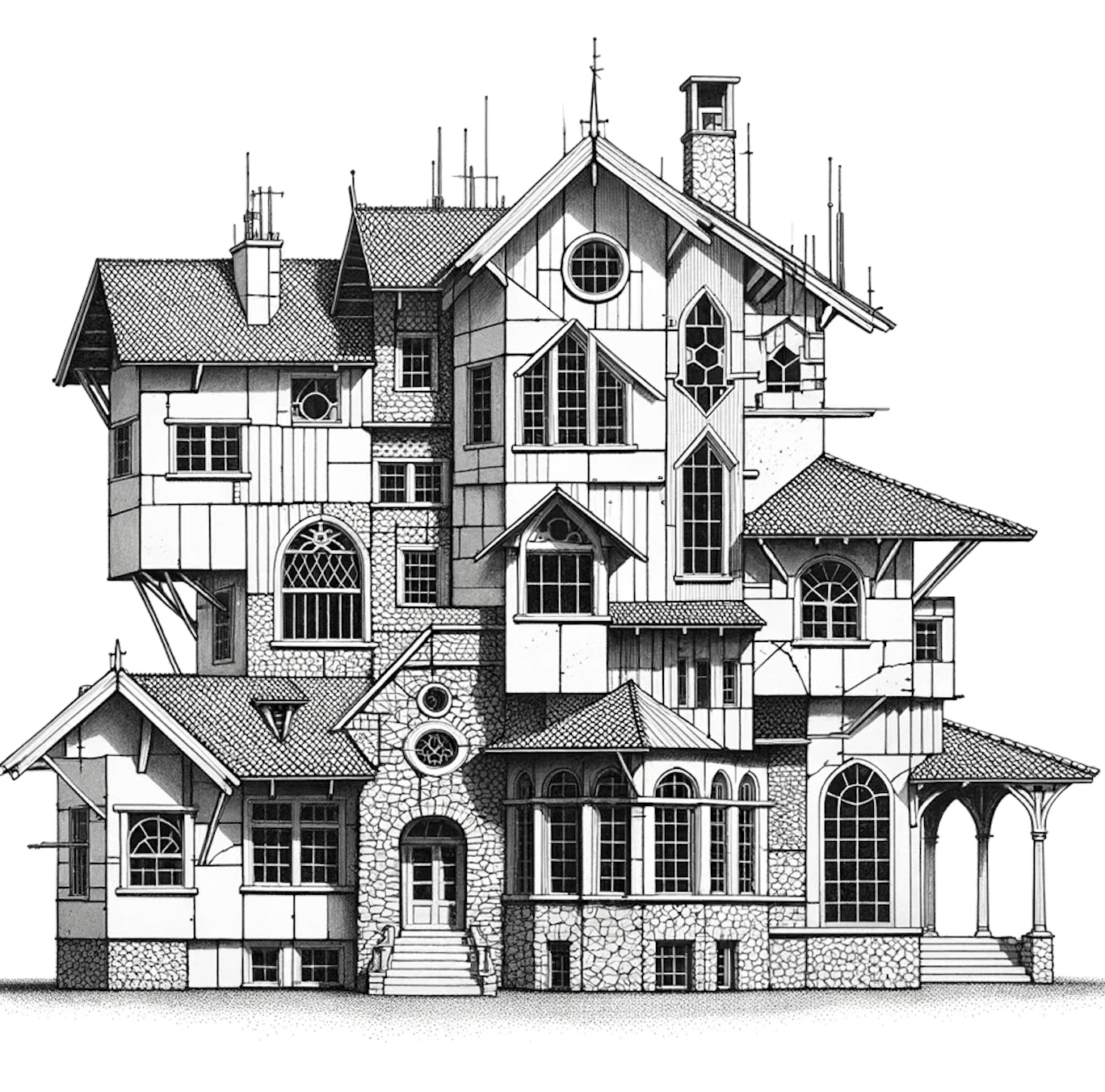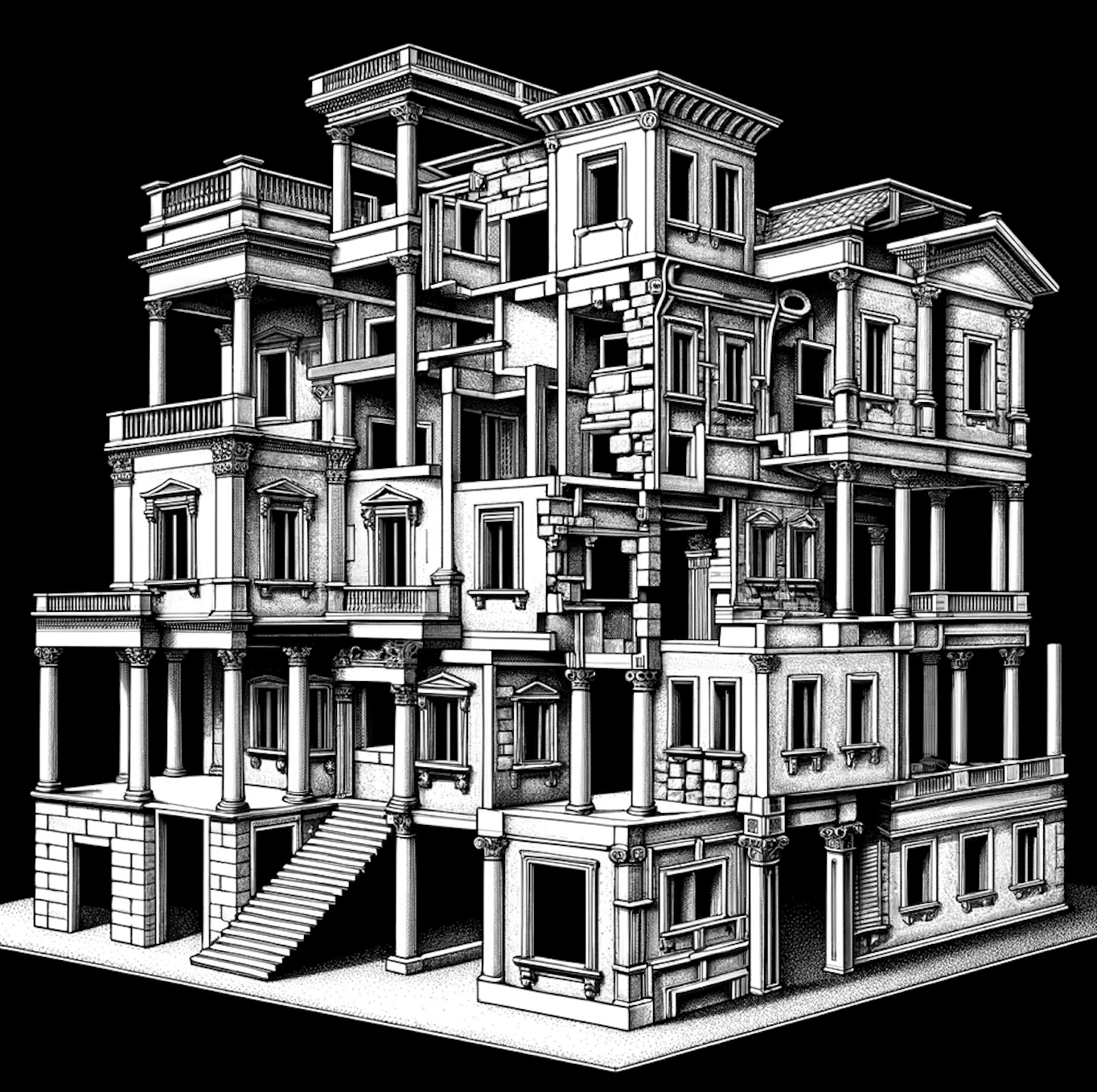Navigating Architectural Change: Overcoming Drift and Erosion in Software Systems
Discover effective strategies for safely evolving your software's architecture as you tackle technical debt and requirement changes.
Join the DZone community and get the full member experience.
Join For FreeA common but imperfect analogy for explaining architectural drift and erosion in software systems is to compare them to the architecture of physical buildings. This analogy, while intuitive, embodies a fundamental misunderstanding that often leads to architectural issues in software development.
Consider a well-designed skyscraper or house — once constructed, we expected it to remain largely unchanged, and at most, we might imagine its architecture evolving as a consequence of infrequent modernization or an expansion attempt.
Surprisingly many engineers today (possibly even unconsciously) apply the same logic to software architecture as they do to buildings: once a system’s architecture is designed, if done correctly, it will not require further modification until changes in requirements and legacy code force a big rewrite.
This is a critical misconception. Unlike physical structures, software is inherently dynamic; it changes constantly and necessitates regular updates to thrive. When software stops evolving, it starts to die.
Moreover, this building analogy typically emphasizes the structure and behavior of software systems but neglects the equally important decisions, trade-offs, and compromises that shape these architectures. Understanding the reasons behind architectural decisions is crucial for future modifications and for those who manage and evolve the software’s architecture.
This blog post aims to deepen your understanding of Architectural Technical Debt and highlight essential considerations for managing architectural drift and erosion effectively.
Architectural Technical Debt Overview
“In software-intensive systems, technical debt consists of design or implementation constructs that are expedient in the short term, but set up a technical context that can make a future change more costly or impossible. Technical debt is a contingent liability whose impact is limited to internal system qualities, primarily maintainability and evolvability” — Avgeriou et al., 2016
Technical debt encapsulates the accumulated consequences of past decisions and shortcuts in software development. It manifests in various forms, from subpar code quality and missing documentation to problematic tight coupling. These issues may also stem from many different causes such as strategic trade-offs or unforeseen changes in requirements.
While many engineering teams have documented their strategies for categorizing and managing technical debt — such as the Google approach and the ThoughtWorks approach — discussions around a specific category of debt, Architectural Technical Debt (ADT), are less common.
ATD arises from both intentional and unintentional decisions during the system design process, leading to issues such as reduced maintainability, increased complexity, decreased performance, and scalability challenges. Given that software architecture defines the most critical properties and constraints of systems, ATD presents a significant risk to the system's evolution and the organization's ability to meet its objectives.
ATD is inevitable and can sometimes be necessary (even desirable!) when the aim is rapid delivery and subsequent iteration. Therefore, it's crucial for teams to identify ATD and deploy effective management strategies to prevent the architecture from becoming completely degraded — i.e. becoming progressively obsolete, unreliable, and unable to adapt to changing business needs or technological advances.
As a starting point, it’s important to distinguish between two distinct phenomena within the broader umbrella of ADT: system architecture drift and system architecture erosion.
Architectural Drift vs. Architectural Erosion
Architectural drift involves the introduction of design decisions that were not part of the original architectural plan, yet these decisions do not necessarily contravene the foundational architecture. In contrast, architectural erosion occurs when new design considerations are introduced that directly conflict with or undermine the system's intended architecture, effectively violating its guiding principles.
For example, when using the building architecture analogy, architectural drift could be compared to constructing a Mediterranean-style house and then deciding to add a Gothic-style turret and a post-modern extension. This results in a blend of styles that, while not initially intended (or even aesthetically pleasing), do not necessarily compromise the structure's integrity.
In software engineering terms, a system may start with a clean architecture but, due to architectural drift, evolve into a complex tangle of multiple architectural paradigms, inconsistent coding practices, redundant components, and dependencies.

On the other hand, architectural erosion could be likened to making alterations or additions that compromise the structural integrity of the house. For instance, deciding to remove or alter key structural elements, such as knocking down a load-bearing wall to create an open-plan layout without proper support, or adding an extra floor without considering the load-bearing capacity of the original walls.
In software architecture, architectural erosion introduces a violation of the system’s foundational principles and intended design patterns, that lead to fragility in the system, and, ultimately, poor architecture that is going to have problems in the future.
These violations may take the form of tightly coupled modules, bypassing security protocols, ignoring performance constraints, introducing stateful components in a system intended to be stateless, etc.

Transforming Your Approach To Architectural Debt
Architectural Technical Debt can become overwhelming when accumulated to excessive levels, leading to complete architectural degradation. Teams typically respond with one of two strategies: continually tweaking the code to address emergent issues, or undertaking substantial rewrites through refactoring sprints. Unfortunately, both strategies often fail and may exacerbate existing technical debt.
Tweaking the code tends to be a surface-level solution. Without full visibility into the system's architecture or an understanding of the root causes of issues, teams operate reactively, which rarely addresses the underlying problems.
On the other hand, even well-intentioned refactoring — whether incremental or all at once — can fall short if it does not address the underlying processes that led to the debt, indicating a likely recurrence of ATD.
The most effective strategy is a shift from these reactive measures to a holistic, proactive approach. Integrating continuous, upfront system design reviews into the development process allows teams to manage technical debt more sustainably. For example, instead of forcing a new requirement into the existing system architecture through quick fixes, or embarking on endless legacy replacement efforts, a more effective method involves adapting the system design as if it was always meant to include this new feature, and then seamlessly integrating the actual feature.
Or, in the words of Kent Beck, an original signer of the Agile Manifesto and creator of Extreme Programming: “For each desired change, make the change easy (warning: this may be hard), then make the easy change.”
A Sustainable Strategy for Architectural Recovery
Many teams mistakenly believe that adopting Agile methodologies ensures continuous system design reviews and protection against accumulating Architectural Technical Debt. However, the reality often deviates from this expectation.
Agile teams, with their focus on delivering functional increments frequently, can inadvertently neglect long-term architectural integrity. The rapid delivery model can also lead to insufficient documentation and design clarity, complicating developers' understanding of the system's overall architecture and how its components interact. This oversight can make the system increasingly difficult to maintain and scale, leading to the accumulation of technical debt.
The first step steps to address accumulated ADT and to prevent further accumulation are to:
- Implement architectural observability. Start with a thorough inventory of your existing architecture, understand how the application behaves in production, and list its most critical issues. This step is crucial for assessing the extent of architectural drift from the original system design.
- Modernize development processes. Often, architectural drift and erosion stem more from a lack of effective processes than from a lack of skills. As the business landscape and software needs evolve, incorporating new changes and onboarding / offboarding team members without a systematic approach can degrade the software architecture from its intended design. Instituting best practices for system design, management, and documentation is essential to maintaining architectural integrity over time.
Final Thoughts
Against a background of accelerating technological change and a tougher competitive climate, adaptability is the currency of the modern tech world. Having a complex system with a lot of accumulated technical debt is like having your assets frozen. While you navigate a maze of dependencies and bugs, it becomes harder and harder to adapt to the changing world and opportunities slip away.
Financially, the cost of modifying systems laden with architectural debt is invariably higher than those with some level of thoughtful upfront design.
While a moderate amount of technical debt is manageable and can be strategically addressed, excessive accumulation often becomes paralyzing, leading to significant challenges.
To navigate the complexities of Architectural Technical Debt, a deliberate and proactive strategy is essential. Teams must prioritize continuous architectural assessment and integrate robust observability tools to accurately monitor system evolution. Moreover, modernizing development processes with rigorous design, management, and documentation practices is crucial to maintaining system integrity and scalability.
Ultimately, the most effective way to manage technical debt is by placing software change and evolution at the heart of the development process.
Opinions expressed by DZone contributors are their own.

Comments